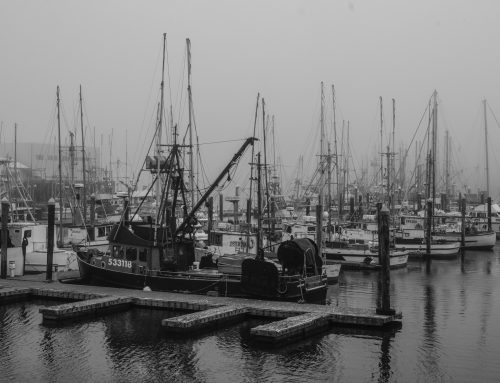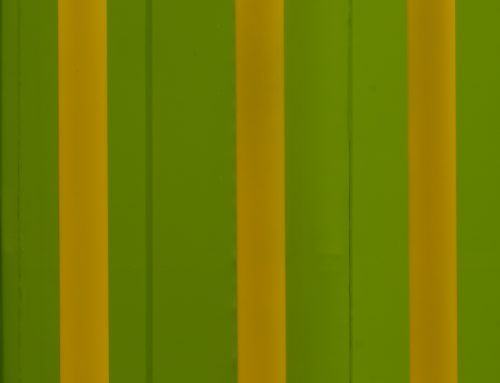Here is some general information that may help you decide to join us for our Macro & More Photography Workshop here in Oregon next JUNE 2009. ( VISIT: www.macroandmore.com) If not I hope it helps you learn about the tide pools and get out and do some photographing in these amazing areas. /JG

All images included here are © Jack Graham
________________________________________________________________
The rocky pacific shoreline of Oregon is home to some of the nations best tide pools and richest marine communities anywhere. A diverse amount of life covers almost 100% of all the rocks in these tide pools, all competing for the food that sustains life.
This tide pool sea life moves to the daily rhythm of the tides Twice each day the tide rises , then falls alternatively covering, then exposing the rocks and tide pools. These tide pools are small pockets of ocean that contain a vast array of creatures that inhabit these pools of ocean.
The sun and the moon control the tides. The tides vary each day and each low and high tide is one hour later each day. The tides also vary from location to location.
Oregon contains 3 of the 4 Intertidal Zones, (the Splash Zone, the middle & low zones). The higher zones are found mostly in California. The splash zone begins where the waves and high tides send spray over the rocks There isn’t a lot of life here and photographing is dangerous and quite frankly not worth the reward. The middle zone is perhaps the richest and varied of the three zones. Half of this zone is typically covered twice each day. Barnacles, muscles, sea weeds and sea grasses all compete for space. When the tide is low, many small animals are sheltered within these grasses.
Barnacles, muscles, sea weeds and sea grasses all compete for space. When the tide is low, many small animals are sheltered within these grasses.
The tide pools are home to sea stars, anemones, hermit crabs and other see animals. The lower tidal zones are usually only visible a few times per month in what we call minus tides, the lowest of the tidal periods. When this happens almost every available space is covered with life. Glimpses of the kelp forests are visible as well Small octopuses, sea stars and sponges are clearly visible. Small bug like creatures called isopods scurry around the rocks
White Gooseneck Barnacles make for endless photographic possibilities as their patterns are great to work with a close up lens.
California Muscles are food for the sea stars, birds and crabs. However their coloration makes for rewarding images as well.
Ochre Stars are the most common here in Oregon. They can be orange, purple or sometimes brown Their tubed feet operate like suction cups holding onto the rocks surface while eating some of the algae, muscles, barnacles found here. They eat only when the tide is low. The largest sea stars can get as big as 12-13” in diameter.
Green Sea Anemones are everywhere. Though they may look like plants they are really animals. The green comes from the algae that live inside them. The tentacles sting its prey protecting the anemone from predators. The anemone uses the algae for energy.
These animals also eat crabs, mussels and small fish. They are also known to eat sea stars believe it or not.
TIPS ON PHOTOGRAPHING in the TIDEPOOL
Other than the obvious, be careful with your equipment comments that I am sure you all know about here are some tips on equipment etc. Shooting in the tide pools offer lots of possibility found no where else, however it does come with some risk to you and your equipment.
EQIUPTMENT and other stuff that will help……
1) You must use a tripod. Often you have to be at some tough angles where hand holding is almost impossible.
2) I almost always use a polarizer to take the sheen off the water and the subject. Also the polarizer will bring out color as well while serving to protect your lens.
3) Carry a diffuser. Even on cloudy days extraneous light filters through casting some glare.
4) Use macro as well as long lenses. They offer the same possibilities as say photographing flowers. Technique doesn’t change shooting in the tide pool. It’s just a little harder.
5) Carry a chamois to dry your lens with. I can guarantee you’ll get some moisture on it, probably more often than not.
6) I am not a vest guy, but I usually wear one when in the tide pools, rather than catty a cumbersome camera bag, however, I always carry the LOWE PRO DRY ZONE 200. 
This bag is the world’s first totally waterproof, soft sided camera bag. Even the zippers are waterproof. This bag acts like a dry suit for your equipment. The inside is heavily padded for protection. It’s a must if you live and shoot near tide pools.
7) Carry plastic bags and small towels to cover your camera then not in use. Sea spry and sometimes mist can cover your equipment quickly.
8) DRESS: Be prepared to get wet & dirty. Boots are a must. Don’t be afraid to get down into the scene. Work different angles to get some images that perhaps you havn’t seen in books.
9) The locals tell me that if you come home from the coast dry, you haven’t worked hard enough!
10) WEAR SHOES THAT WILL PERVENT YOU FROM SLIPPING, WITH TRACTION. These tide pools are very slippery and contain some very sharp rocks. Dress to stay warm, even when wet.
IMPORTANT INFORMATION:
You can check on tide tables via the internet. There are usually 2 low and 2 high tides per day. The lowest tides in the summer are usually in the morning. Tides can get as low as about -3 feet (rare) but even a minus 1-2 foot tide is great for tide pool photography. Your best results will occur when you have a minus tide. Start your shooting just before low tide them work the tide out as you explore the possibilities. Then retrace your steps as the tide comes back in
WATCH OUT FOR INCOMING TIDES: Always look over your shoulder at the rising water and waves. Big waves can come in when you least expect them (I know from experience!). If you are not careful you may even get stranded.
RESPECT THE WILDLIFE: Slow down!!!! You won’t miss as much if you walk slowly and look at this immense world around you. Resist the temptation to pick things up. Be careful where you walk.
STATE LAWS: Oregon has a law prohibiting you from removing plants and animals from the tide pools. Please don’t litter.
MACRO and MORE— well here’s where the more comes in. Often these areas offer some rewarding landscape images as well. We will par take of these and come home with some wonderful images. What a cool trip! If you have any other questions email me at jack@jackgrahamphoto.com
JG








